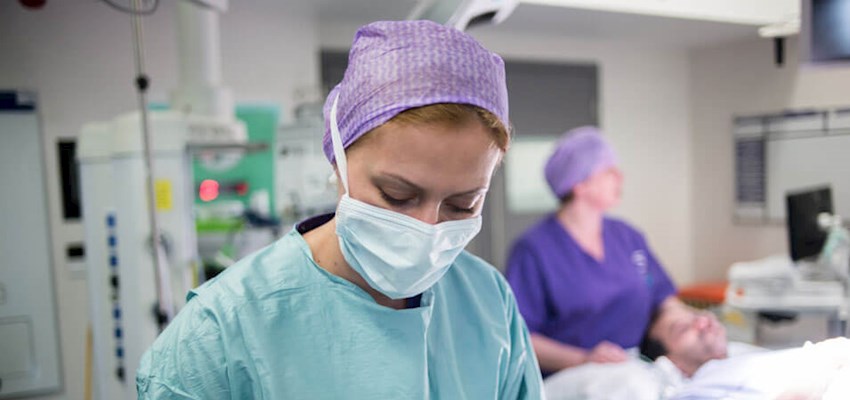Cleft lip and palate
Cleft lip and palate symptoms and diagnosis
Our experts explain how cleft lip and palate is diagnosed and look at the range of treatment available to treat babies.
What is a cleft lip and palate?
Babies can be born with both a cleft lip and palate, or one of them individually, Around one in 700 babies are born with the condition.
Need to know
-
What are the symptoms of cleft lip and palate? icon plus
Cleft lip affects babies in different ways. They may have:
- a small notch in the upper lip
- a larger gap that separates the upper lip and can extend into the nose
- one side of the mouth affected (unilateral), or there may have two clefts (bilateral)
Babies with a cleft palate can also have:
- a small opening at the back of the mouth (soft palate)
- a larger split that runs from the back to the front of the mouth (through the soft and hard palates)
- the lining of the roof of the mouth covering a cleft palate
Cleft lip or palate can affect:
- feeding
- hearing
- tooth development
- speech and language
-
How is a cleft lip and palate diagnosed? icon plus
Often, a cleft lip or palate is detected during the mid-pregnancy anomaly scan, taking place between 18-21 weeks of pregnancy. If it doesn’t show up during pregnancy, it is usually identified soon after birth, or at the baby’s newborn examination.
It can be daunting to find out that your newborn baby has a cleft lip or palate but it is very common. Around 1,200 babies are born with a cleft every year in the UK and our consultants have lots of experience treating the condition.
Many treatment options are available, and we treat babies individually, so parents can be confident that they are getting treatment that is tailored to their needs. -
Potential treatment options icon plus
Every cleft is unique, so consultants will assess your baby to recommend the best course of treatment. Surgery will usually be needed in the first year, taking place under general anaesthetic. It usually takes up to two hours and may involve:
- lip repair – surgery to carefully close the cleft with stitches
- palate repair – surgery to close the gap in the roof of the mouth with dissolvable stitches
Additional surgery may be recommended for different reasons, such as repairing a cleft in the gum or if there are ongoing speech problems.
Other treatment options may be required, including:
- speech and language therapy
- dental care
- treatment for glue ear
Our consultants




Our locations
From complex reconstructive surgery to straightforward procedures, we provide exceptional care across our network of hospitals, outpatient centres and specialist clinics.
Book an appointment
Our team can help with any enquiries or you can make an appointment with one of our experienced consultants.
Call us today
020 7079 4344